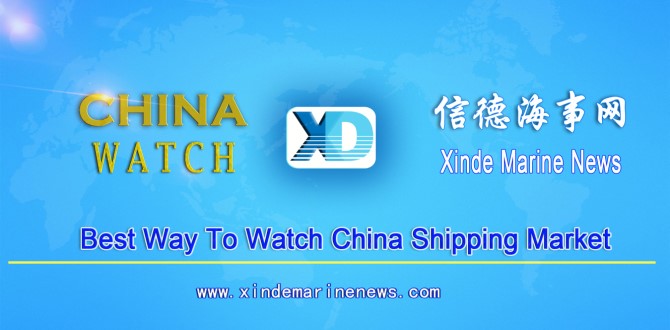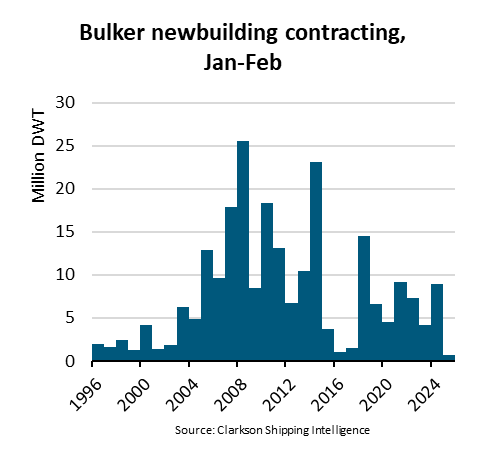
The IMO has set new limits on the sulfur content in marine fuels and ambitious mid-term targets to reduce the CO2 and greenhouse gas emissions from global shipping.
Owners are now faced with the difficult task of decarbonizing their fleets. With so many fuel and technology options available and certain to emerge in the next few years — the viability of many uncertain — devising a sustainable fleet-wide decarbonization strategy that meets your company’s needs is complex.
Underpinning whatever decarbonization solutions you select needs to be a robust safety regime that fully addresses the risks that could arise from introducing new technology, fuels and operational strategies.
The carbon footprints of each fleet will be different, and each ship within those fleets will require a bespoke strategy to navigate the most effective path to meeting the new regulations and emissions targets. For some owners, the task ahead will be daunting.
ABS, a trusted technical advisor to some of the world’s largest shipowners, has the knowledge, tools and clear processes to help you define and achieve sustainable operations as you enter the new low-carbon era of international shipping. So, how do you get started?
DEVELOP YOUR CARBON FOOTPRINT AND CARBON INTENSITY PROFILE
Management systems practitioners will tell you that you cannot manage what you do not measure, so the first step is to develop a carbon footprint and carbon intensity profile.
Benchmarking the performance of each vessel in your current fleet provides the starting points against which improvements and progress towards future fuel efficiency and decarbonization goals can be measured. Part of the process requires decoding data from the different assets to create a common language for individual vessel performance measurements and assessing how they compare across common metrics.
This data will help target resources to assets where they are most needed, or assess whether investments are worthwhile. A critical aspect of developing your profile is also looking ahead and identifying your goals.
The idea is to start at the end. Establish where you need or want to be — a clear picture of what success will look like — and let the emissions and fuel performance data mark the path to progress. Starting at the baseline, there should be clear objectives for near-, mid- and long-term fleet performance.
CONSIDER YOUR OPTIONS
In the next few years, a raft of new technologies — including those that support low and zero carbon fuels — are expected to mature and become available.
The safety implications of these options will need to be fully understood and accounted for, and the value of each option will need to be assessed against the decarbonization goals of each asset and the wider fleet, including any anticipated ship orders. While measures aimed at improving operational efficiency will be applied to each ship, the gains should also be measured in the context of the fleet.
Data and digital solutions have the potential to optimize everything from fuel consumption and asset reliability to routing, scheduling and port stays. Leveraging new operational strategies or advancements in ship technologies to lower carbon footprints should be measured against the performance of each individual vessel.
Questions remain about whether most low-carbon new energy sources can deliver the base load power required for international shipping. Additionally, it is not currently assured that an adequate supply of any new fuels — let alone the supply chain infrastructure to deliver them — will be available.
For these reasons, you should plan to take five or more years for any decarbonization goals to be met from related initiatives.
When these technologies mature enough for strategies to be formed and applied, any gains should be measured against individual vessels, both existing and new. At this step it is also important to consider the risks and lifecycle implications of new technologies or new fuels. As your strategy is realized, front end studies are important to mitigate potential risks. In most cases, external guidance will be available to help you effectively execute your goals.
IMPLEMENT YOUR STRATEGY
The final step is to implement your strategy.
Shifting to low-carbon shipping will require changes to some aspects of how your business is delivered. Your goals will need to be clearly communicated to shoreside staff and crew onboard, and any changes will need to be managed across all affected departments, operations and procurement activities, including research and development. In most cases, external guidance and best practices will be available to help you effectively implement new technologies and operational changes, so it will most likely not be necessary to start from scratch. Measuring your progress is critical, so make sure you ground your measurements in quality data. During the implementation of your strategy monitor the alignment with your selected trajectory by putting in place the proper environmental monitoring system that will help you quickly identify potential deviations and provide decision support for corrective actions. This will also provide a structured platform for dependable sustainability reporting
CONCLUSION
Learn the lessons the transition has offered to help ensure a cycle of continuous process improvement; know the impact of decarbonization on all aspects of your business and utilize progress and problems to drive continuous improvement.
The technology solutions that support the decarbonization of international shipping will continue to advance over time; so should your safety strategy and your business’ ability to adopt any changes with the least possible disruption
Source:ABS
The opinions expressed herein are the author's and not necessarily those of The Xinde Marine News.
Please Contact Us at:
media@xindemarine.com


 Ningbo Containerized Freight Index Weekly Commentar
Ningbo Containerized Freight Index Weekly Commentar  Ningbo Containerized Freight Index Weekly Commentar
Ningbo Containerized Freight Index Weekly Commentar  Ningbo Containerized Freight Index Weekly Commentar
Ningbo Containerized Freight Index Weekly Commentar  BIMCO Shipping Number of the Week: Bulker newbuildi
BIMCO Shipping Number of the Week: Bulker newbuildi  Ningbo Containerized Freight Index Weekly Commentar
Ningbo Containerized Freight Index Weekly Commentar  Ningbo Containerized Freight Index Weekly Commentar
Ningbo Containerized Freight Index Weekly Commentar